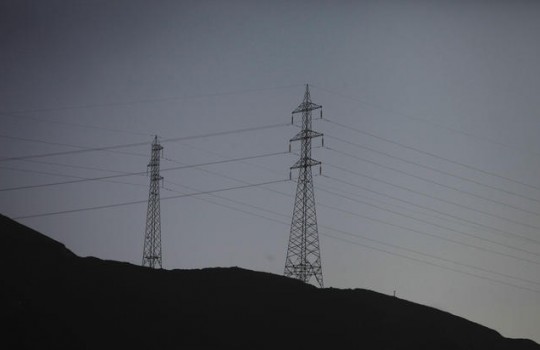
This would allow the development of new plants that otherwise would have to be postponed or not developed.
Transmission looseness leads to increased competition
In its April report, the consulting firm Systep highlighted that the SIC trunk transmission system has high load levels in its lines, which results in bottlenecks in some regions of the country. This would be producing price decoupling and restricting the development of generation projects.
The entity indicated that despite the improvements introduced by the Short Act I in the long-term planning mechanisms of the backbone transmission system, there are still weaknesses in its application. In this regard, it was mentioned, for example, that given the current transmission remuneration structure, transmission investment decisions are not neutral for system agents.
Systep also mentioned that a strategic vision of long-term expansion of the transmission system can justify over-installations or temporary slack in its development, both from a systemic and social point of view, which could lead to a more profitable and robust system in the long term.
Linked to this point, he pointed out that generating transmission slack can facilitate greater competition, with the development of new plants that otherwise would have to be postponed or not developed due to the lack of backbone transmission capacity, and above all the cost and complexity of obtaining the necessary permits for the development of transmission solutions.
In its monthly report, the company referred to the proposals of the Advisory Commission for Electricity Development (Cade) on the matter, such as the development of longitudinal and transversal transmission corridors, in a long-term vision, with socially profitable slack, to be remunerated by the demand, which would ultimately be the great beneficiary of this expansion, since it would lead to greater supply and competition in the market.





